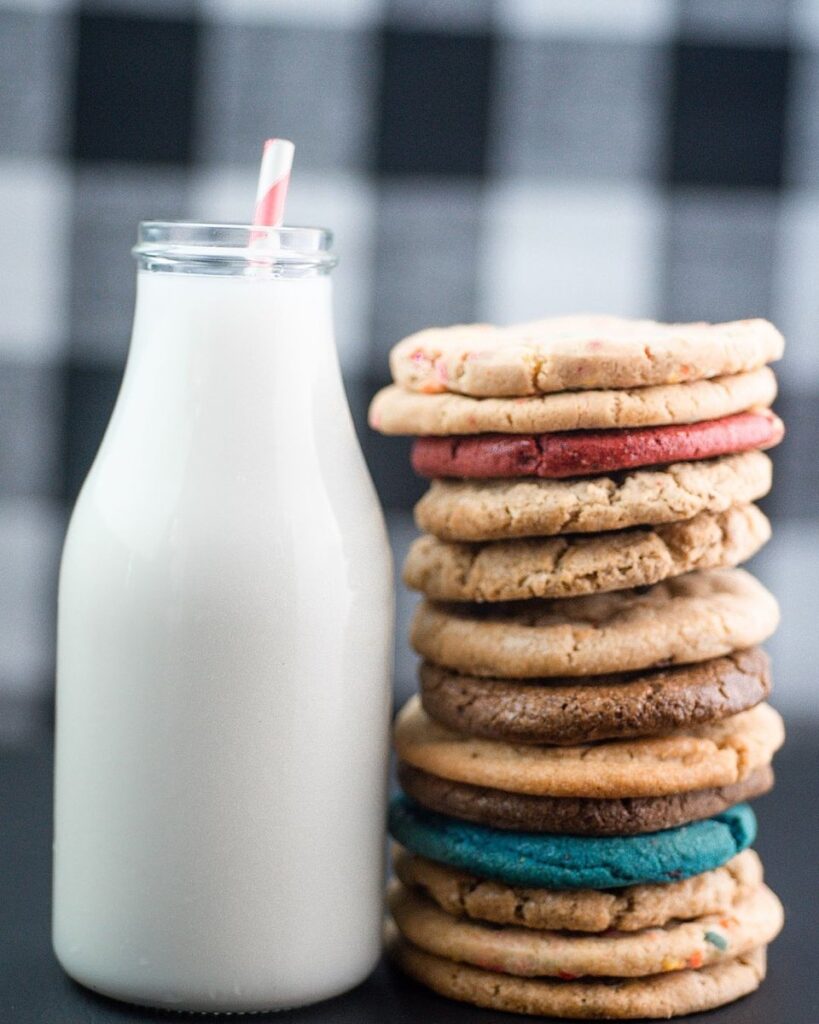LA June 1-2: Mama’s Boy Cookies Set to Bring Flavor and Impact At LA’s The Women’s Expo
Mama’s Boy Cookies, based out of Oceanside, California, will be attending The Women’s Expo in Los Angeles from June 1-2, and is looking to make a serious impact.
Mama’s Boy Cookies set for LA’s The Women’s Expo

Joey Pass, owner and operator of Mama’s Boy Cookies, believes that his cookie recipes have what it takes to compete with top players like Crumbl, Mrs. Fields, and Great American Cookies; aiming for success at events like The Women’s Expo, FoodieLand, and other major events across the USA, that will hopefully become a reality.
flavors ranging from classic chocolate chip, peanut butter, red velvet, M&M’s, and more
With flavors ranging from classic chocolate chip and peanut butter to less standard options like red velvet, M&M’s, and double chocolate; Mama’s Boy is running the full gamut of flavor options for customers to enjoy.
Setting up shop at The Los Angeles Convention Center, The Women’s Expo is setting the stage for Mama’s Boy to reach a large audience that they previously have not.
Mama’s Boy is looking to make a big enough impact on attendees at the expo that it gets them one step closer to bringing their nostalgic tasting cookies to a nationwide audience.
Confidently, Mama’s Boy knows that they have the recipes to generate the necessary exposure for them to successfully tackle the expo, as well as other major events and succeed with flying colors.
Mama’s Boy Cookies so far have only been available for purchase at select events similar to FoodieLand and the LA Women’s Expo, which has created a cult-like following and demand for the delectable treats.
As a result, Mama’s Boy has sold out of cookies entirely at every event they’ve attended so far. If they can manage to do the same at The Women’s Expo, the event serves as grounds for the brand to launch onto the path of success that they are looking for.
“We’re extremely excited to be attending The Women’s Expo and hopeful that we can bring a nostalgic taste just like mama used to make to all attendees.”
Joey Pass
Owner and Operator
Mama’s Boy Cookies
Despite the demand, Joey Pass knows that it is not conducive to getting him to where he wants Mama’s Boy to be.
Thus, he is hoping to launch an e-commerce platform for the brand in the near future and cookies will be available at mamasboycookies.com, as well as select retailers. Pass has plans for new recipes in the future as well, potentially including some more health focused options, but his lips are sealed on exactly what that may look like.
For the newest updates, you’ll have to follow them on social media and monitor their website.
Joey Pass is a Marine Corp veteran of ten years and former professional body builder.
Not many people possess the disciplinary skills or drive to take on the challenge of competing with some of the largest cookie companies in the world- but Pass sees it as an opportunity to build upon the life and disciplinary skills he has garnered so far; not only through persistence of business, but also ensuring that each cookie is made with the perfection necessary to satisfy the palate of his customers.

Being a Marine Corp veteran, Pass has learned what it means to enjoy the simple things in life such as cookies, and what it means to serve others. He hopes to garner enough success through Mama’s Boy to help out other Veterans in need, or help create prominent male figures in the lives of young men who do not have one. What or who exactly this campaign or medium looks like, Pass is unsure, but he would love to discuss it in person with customers sometime over a cookie or two.
“While we’ve had some crazy demand so far, we’re not where we want to be. Luckily the disciplinary skills I have learned from being a Marine has taught me to be patient, driven, and strive for excellence”
Joey Pass
Owner and Operator
Mama’s Boy Cookies
If you are attending the expo, you’ll want to be sure to stop by and get yourself a bag of Mama’s Boy’s irresistible cookies.
Mama’s Boy is beyond thrilled to be attending The Women’s Expo and seeing what potential the event holds for the brand.
This exciting event presents an opportunity for attendees to indulge in the irresistible flavors of Mama’s Boy Cookies while supporting a veteran-owned business.
Whether you’re a cookie connoisseur or simply have a hankering for a sweet tooth, be sure to visit Mama’s Boy Cookies booth in LA from June 1-2.
It’ll take you back to the days of eating cookies just like mama used to make!




